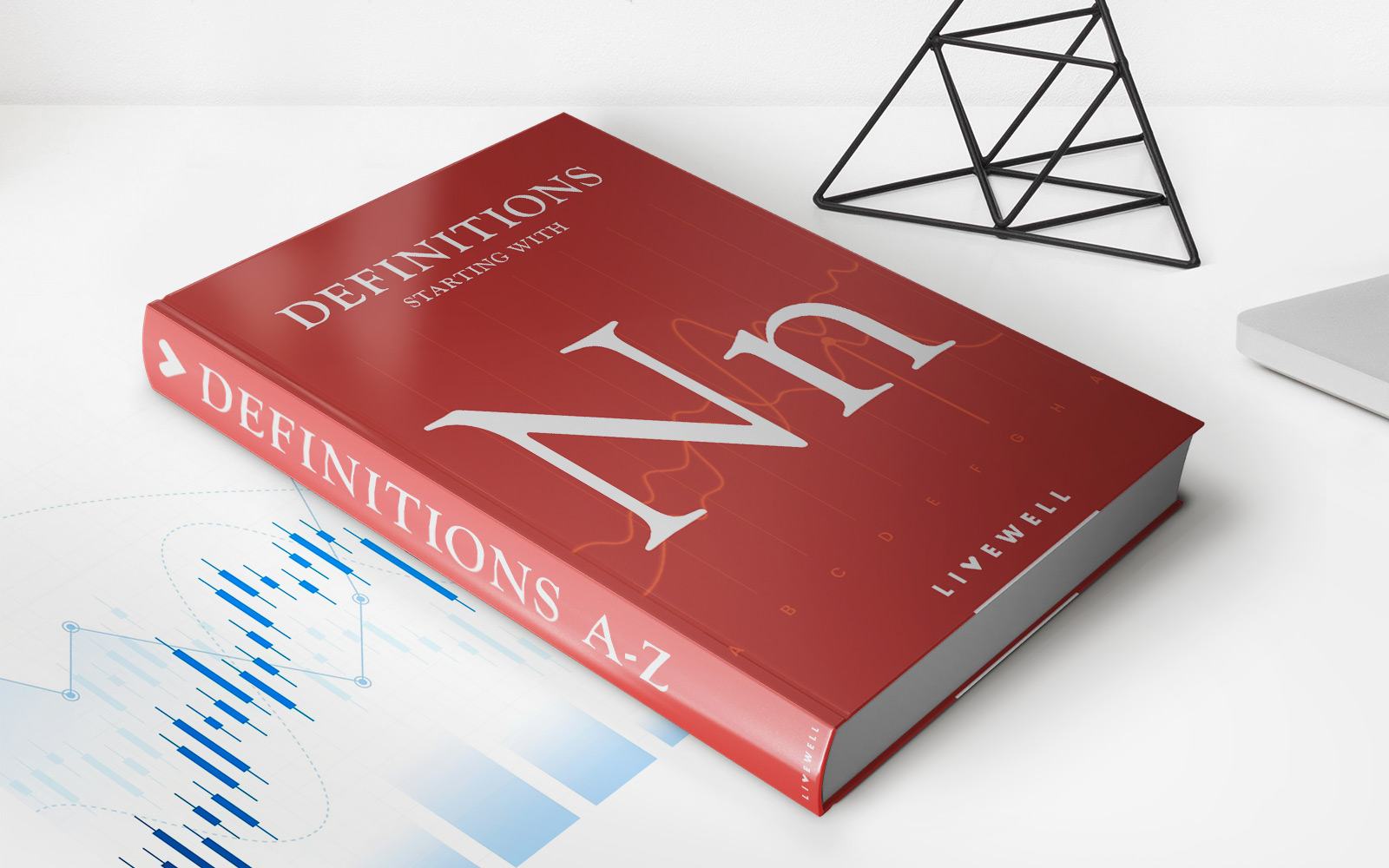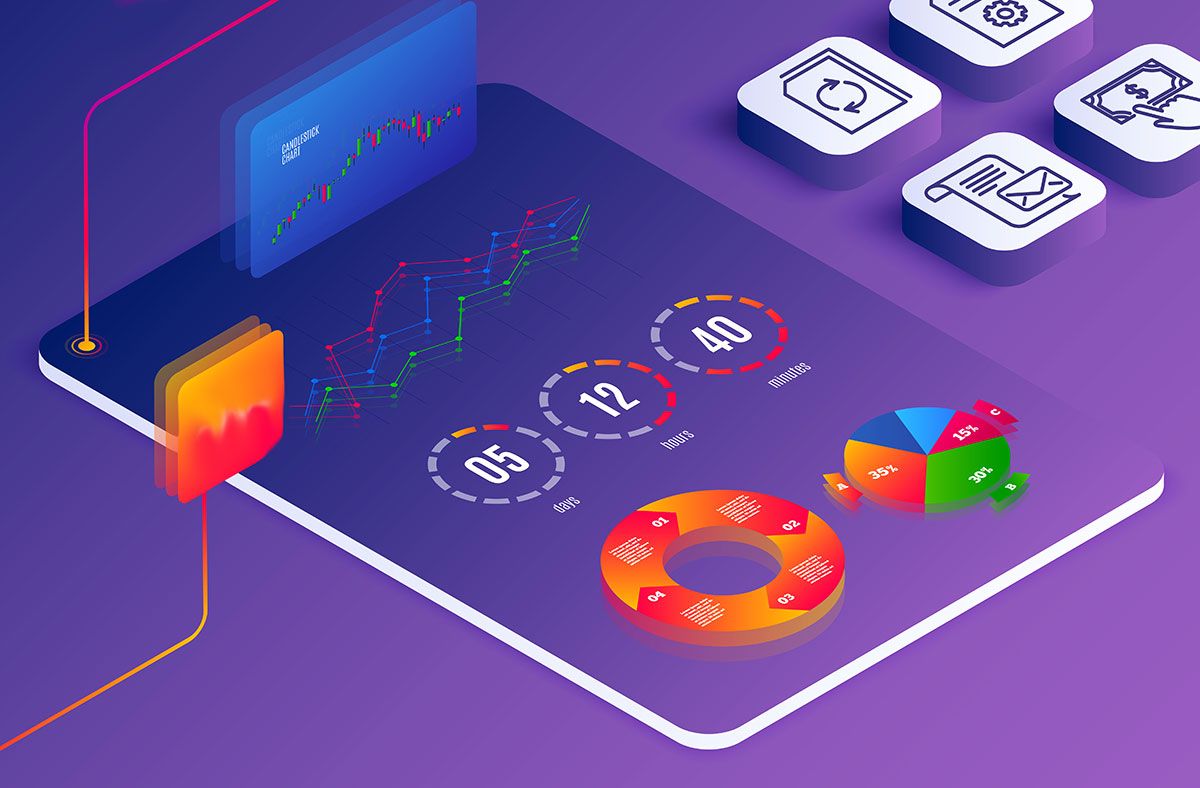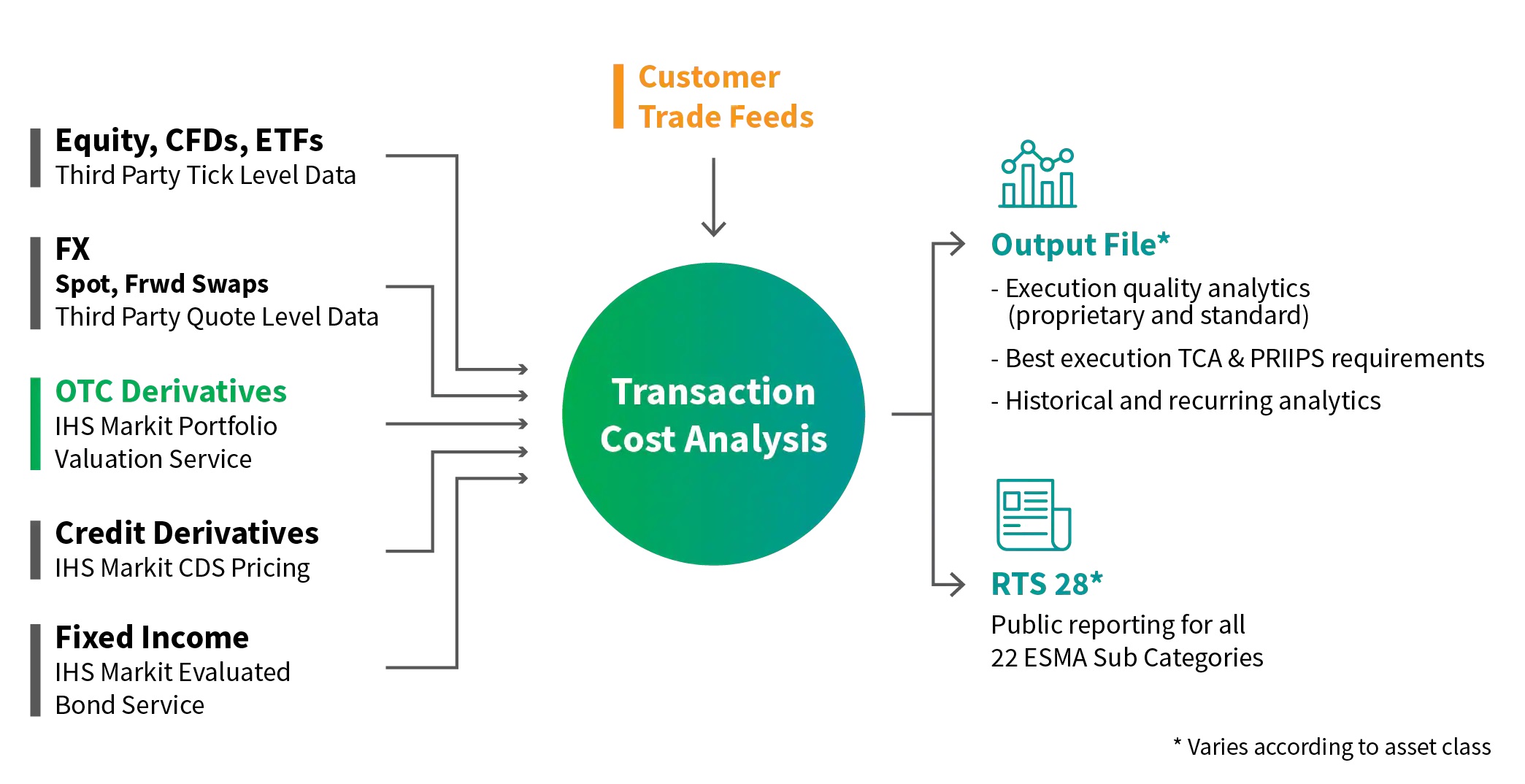Home>Finance>Market Cycles: Definition, How They Work, And Types


Finance
Market Cycles: Definition, How They Work, And Types
Published: December 22, 2023
Discover the intricacies of market cycles in finance, including their definition, how they work, and the different types. Gain insights into the dynamic nature of the financial world.
(Many of the links in this article redirect to a specific reviewed product. Your purchase of these products through affiliate links helps to generate commission for LiveWell, at no extra cost. Learn more)
Understanding Market Cycles: Definition, How They Work, and Types
Welcome to our Finance category! In this blog post, we will dive into the fascinating world of market cycles. Have you ever wondered why the financial markets go through periods of ups and downs? What drives these fluctuations, and how can we better understand and navigate them? Today, we will explore the definition of market cycles, how they work, and the different types that exist.
Key Takeaways:
- Market cycles are the recurring patterns of stock market behavior characterized by periods of growth and decline.
- Understanding market cycles can help investors make informed decisions, manage risk, and capitalize on opportunities.
So, what exactly are market cycles?
Market cycles refer to the repetitive patterns of behavior seen in financial markets, such as the stock market. These cycles are characterized by periods of expansion, where prices rise and investor optimism is high, followed by contractions, where prices fall and investor sentiment becomes pessimistic.
Market cycles are driven by a variety of factors, including economic indicators, investor sentiments, geopolitical events, and even natural disasters. Understanding these cycles is essential for individuals and businesses alike, as they can impact investment returns, business decisions, and overall financial stability.
How do market cycles work?
Market cycles typically follow a four-stage pattern that repeats over time:
- Accumulation: This is the phase where smart investors start accumulating assets, often at lower prices. During this phase, prices are usually low and pessimism is high.
- Expansion: As market sentiment starts to improve, prices begin to rise. This is the phase where the majority of the market participants join in, hoping to ride the wave of growth and profit.
- Distribution: This is the phase where the market reaches its peak and starts showing signs of exhaustion. Smart investors start selling their assets, taking profits, and preparing for the next phase.
- Decline: Eventually, the market reaches a tipping point and starts declining. Prices fall, and investor sentiment becomes pessimistic. This phase is often accompanied by widespread fear and panic.
These four stages, accumulation, expansion, distribution, and decline, are the core components of market cycles. While the duration and intensity of each phase can vary, the overall pattern remains consistent across different market cycles.
Types of market cycles
Now that we understand the basics of market cycles, let’s explore the different types that exist:
- Secular Cycles: These are long-term cycles that span multiple decades and are influenced by various macroeconomic factors. Secular bull markets are characterized by extended periods of rising prices, while secular bear markets experience sustained declines.
- Primary Cycles: Also known as cyclical or business cycles, primary cycles typically last from two to around ten years. They are influenced by factors such as interest rates, inflation, and business cycles. Primary bull markets are characterized by rising prices and economic expansion, while primary bear markets experience falling prices and economic contraction.
- Intermediate Cycles: These are shorter-term cycles that occur within primary cycles and can last from a few weeks to a few months. They can be influenced by factors such as earnings reports, economic data, and investor psychology.
- Minor Cycles: Sometimes referred to as daily or intra-day cycles, minor cycles are the shortest-term cycles lasting from a few hours to a few days. They can be influenced by news events, corporate announcements, and short-term market sentiment.
By understanding the different types of market cycles and their characteristics, investors can better anticipate trends, identify opportunities, and manage risk in their investment portfolios.
In conclusion
Market cycles are a natural part of the financial landscape and understanding them is crucial for investors looking to make informed decisions. By recognizing the four stages of market cycles and familiarizing ourselves with the various types that exist, we can navigate the ever-changing market terrain with increased confidence.
Remember, market cycles can offer opportunities for growth and profit, but they also come with inherent risks. It is essential to approach investment decisions with a well-researched strategy, diversification, and a long-term perspective.
Stay tuned for more exciting content in our Finance category, where we will continue to explore other essential topics in the world of finance!














